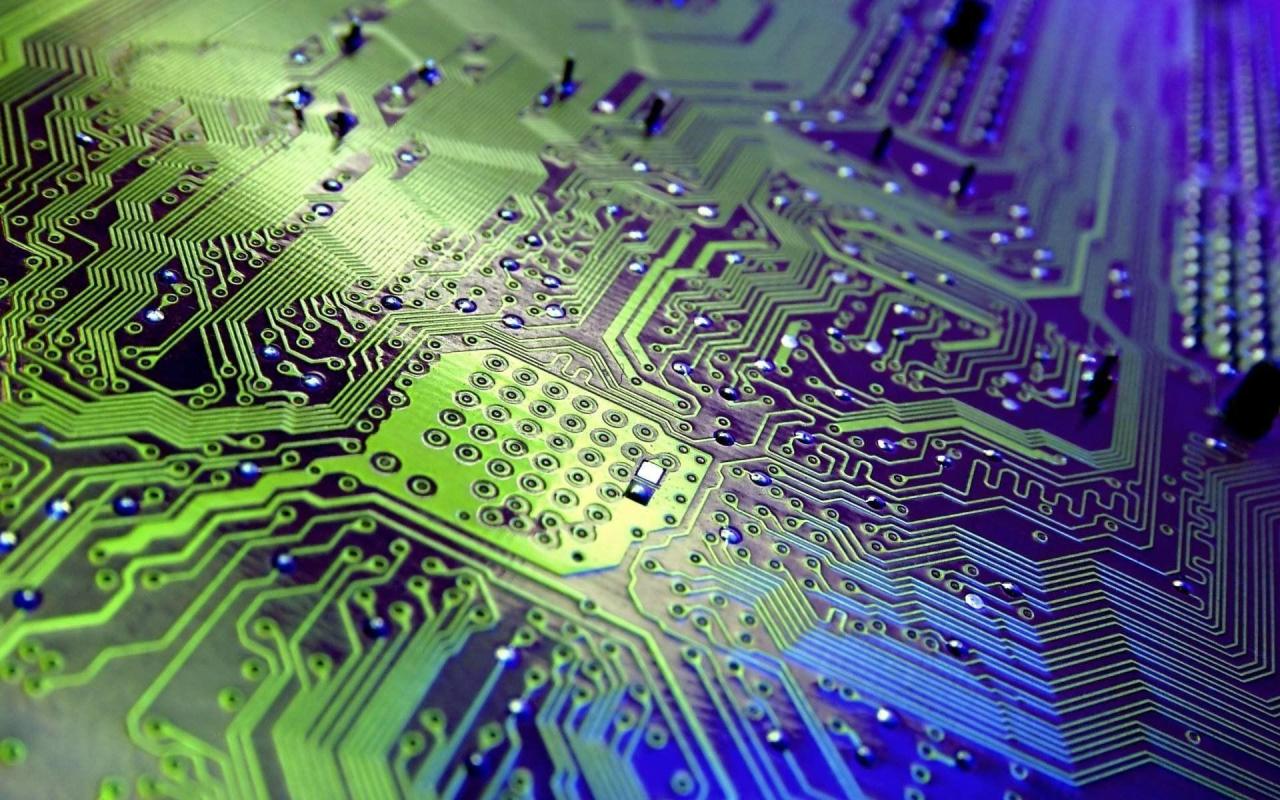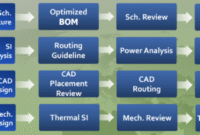When Hardware Tells the Story of Human Ingenuity, we embark on an exploration of how technology reflects our creativity and problem-solving abilities. From the earliest tools crafted by hand to the sophisticated machinery of today, each piece of hardware serves not just a functional purpose but also acts as a testament to human innovation. This journey highlights the evolution of hardware as a narrative of cultural advancement and the ways in which our inventions have shaped society and communication.
The discussion encompasses a variety of aspects, including the historical context of hardware development, the interplay between technology and human experience, and the ongoing influence of innovative hardware on modern life. By examining the significance of these creations, we gain insight into how hardware tells a larger story about human ingenuity.
In today’s fast-paced world, managing time effectively has become more crucial than ever. Whether you’re a student juggling classes, a professional meeting deadlines, or a parent balancing family life, mastering time management can lead to significant improvements in productivity and overall well-being. In this article, we’ll explore various strategies for effective time management that can help you strike a balance in your daily life.
Understanding Time Management
Time management is the process of planning and exercising conscious control over the amount of time spent on specific activities. It’s about making informed decisions about how to allocate your time to achieve your goals efficiently. Effective time management allows you to work smarter, not harder, enabling you to get more done in less time, even when time is tight.
Setting Clear Goals
The first step in effective time management is to set clear, achievable goals. Without a clear understanding of what you want to accomplish, it becomes challenging to prioritize your tasks. Consider the SMART criteria for goal setting:
- Specific: Define your goals clearly.
- Measurable: Ensure you can track your progress.
- Achievable: Set realistic goals that can be accomplished.
- Relevant: Goals should align with your broader objectives.
- Time-bound: Set deadlines for your goals.
Prioritization Techniques
Once you have set your goals, the next step is to prioritize your tasks. Not all tasks hold the same level of importance. Here are some popular prioritization techniques:
The Eisenhower Matrix, When Hardware Tells the Story of Human Ingenuity
This technique categorizes tasks based on urgency and importance:
- Quadrant I: Urgent and important (do these tasks first).
- Quadrant II: Not urgent but important (schedule these tasks).
- Quadrant III: Urgent but not important (delegate these tasks if possible).
- Quadrant IV: Not urgent and not important (consider eliminating these tasks).
ABC Method
In this method, you label tasks as ‘A’ (high priority), ‘B’ (medium priority), or ‘C’ (low priority). Focus on completing ‘A’ tasks before moving on to ‘B’ and ‘C’ tasks.
Creating a Schedule
Once you have prioritized your tasks, it’s time to create a schedule. Here are some tips for effective scheduling:
- Use a planner: Whether digital or paper, a planner can help you keep track of tasks and deadlines.
- Time blocking: Allocate specific blocks of time for different activities. This helps maintain focus and prevents multitasking.
- Be realistic: Don’t overload your schedule. Leave room for breaks and unexpected tasks.
Staying Focused
In an age of distractions, maintaining focus can be challenging. Here are some strategies to help you stay on track:
- Limit distractions: Identify what distracts you (e.g., social media, emails) and take steps to minimize these interruptions.
- Use the Pomodoro Technique: Work for 25 minutes and then take a 5-minute break. This structured approach can enhance concentration.
- Practice mindfulness: Engage in mindfulness techniques to enhance focus and reduce stress.
Review and Reflect
Effective time management isn’t just about planning; it’s also about reflection. Regularly review your goals and progress:
- Weekly reviews: Set aside time each week to assess what you’ve accomplished and what needs to change.
- Adjust goals: As you progress, don’t hesitate to revise your goals based on your experiences.
- Celebrate achievements: Recognizing your accomplishments can boost motivation and encourage you to continue improving.
Overcoming Procrastination
Procrastination can be a significant barrier to effective time management. To combat this habit, consider the following strategies:
- Break tasks into smaller steps: Large tasks can feel overwhelming. Dividing them into smaller, manageable steps can make them less daunting.
- Set deadlines: Create self-imposed deadlines to help motivate yourself.
- Find accountability: Share your goals with someone who can help keep you accountable.
The Role of Technology
In today’s digital age, technology can be a powerful ally in managing time. Here are some tools that can help:
- Task management apps: Tools like Todoist, Trello, and Asana can help you organize and prioritize tasks.
- Calendars: Use digital calendars (like Google Calendar) to schedule tasks and set reminders.
- Focus apps: Apps like Forest or Focus@Will can help you maintain concentration by minimizing distractions.
Maintaining Work-Life Balance
Effective time management goes hand-in-hand with maintaining work-life balance. Here are some tips for achieving this balance:
- Set boundaries: Clearly define your work hours and stick to them to prevent work from encroaching on personal time.
- Make time for self-care: Schedule regular breaks and leisure activities to recharge.
- Communicate: Keep lines of communication open with family, friends, and colleagues about your availability and needs.
Conclusion: When Hardware Tells The Story Of Human Ingenuity
Mastering the art of time management is essential for leading a balanced and productive life. By setting clear goals, prioritizing tasks, creating effective schedules, and utilizing technology, you can navigate the demands of daily life with greater ease. Remember, it’s not just about managing your time; it’s about making the most of it. With consistent practice and reflection, you can develop habits that will serve you well in all areas of life.
So, take a moment to evaluate your current time management strategies. Are they working for you? If not, consider implementing some of the techniques we’ve discussed to enhance your productivity and enjoy a more balanced life.
In summary, the exploration of how hardware tells the story of human ingenuity reveals a fascinating interplay between our creations and the evolution of society. By understanding the significance of technology in our lives, we appreciate not just the tools themselves, but the innovative spirit that drives their development. As we continue to forge new paths in technology, the stories behind our hardware will remain essential to understanding the essence of human ingenuity and our collective journey.

Popular Questions
What is the significance of hardware in human history?
Hardware has played a crucial role in shaping human civilization, enabling advancements in communication, transportation, and daily life.
How does hardware reflect cultural values?
Hardware embodies the priorities and challenges of a culture, showcasing the creativity and resourcefulness of its people.
What are some examples of hardware that represent human ingenuity?
Examples include the wheel, the printing press, and modern computers, each marking significant milestones in technological advancement.
How is hardware connected to storytelling?
Hardware tells stories by representing the ideas, struggles, and achievements of those who created it, reflecting the broader human experience.
What future trends might we see in hardware innovation?
Future trends may include advancements in AI integration, sustainable materials, and enhanced connectivity, continuing to push the boundaries of human ingenuity.



